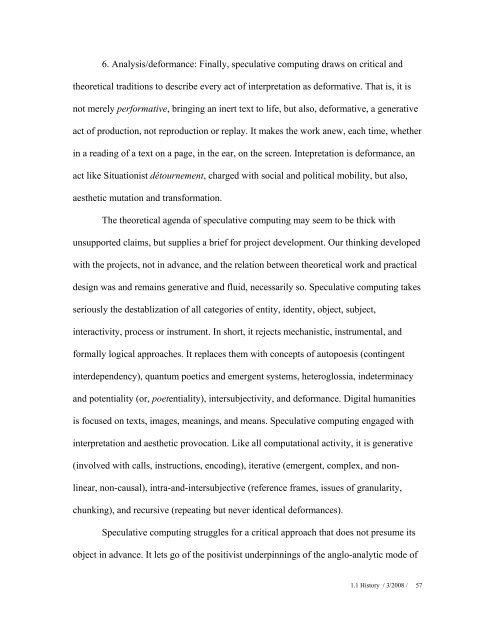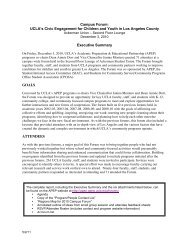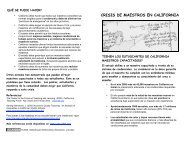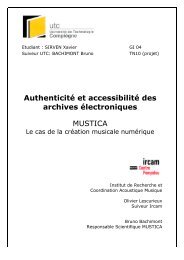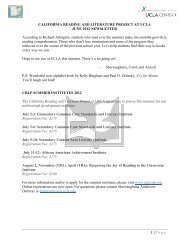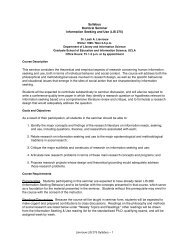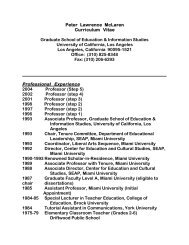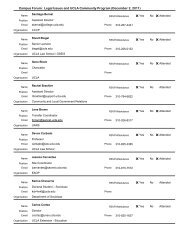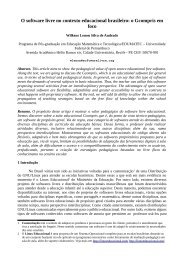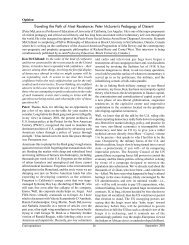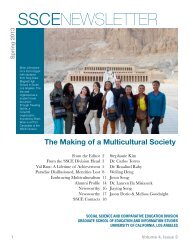1.1 From Digital Humanities to Speculative Computing - UCLA ...
1.1 From Digital Humanities to Speculative Computing - UCLA ...
1.1 From Digital Humanities to Speculative Computing - UCLA ...
You also want an ePaper? Increase the reach of your titles
YUMPU automatically turns print PDFs into web optimized ePapers that Google loves.
6. Analysis/deformance: Finally, speculative computing draws on critical and<br />
theoretical traditions <strong>to</strong> describe every act of interpretation as deformative. That is, it is<br />
not merely performative, bringing an inert text <strong>to</strong> life, but also, deformative, a generative<br />
act of production, not reproduction or replay. It makes the work anew, each time, whether<br />
in a reading of a text on a page, in the ear, on the screen. Intepretation is deformance, an<br />
act like Situationist dé<strong>to</strong>urnement, charged with social and political mobility, but also,<br />
aesthetic mutation and transformation.<br />
The theoretical agenda of speculative computing may seem <strong>to</strong> be thick with<br />
unsupported claims, but supplies a brief for project development. Our thinking developed<br />
with the projects, not in advance, and the relation between theoretical work and practical<br />
design was and remains generative and fluid, necessarily so. <strong>Speculative</strong> computing takes<br />
seriously the destablization of all categories of entity, identity, object, subject,<br />
interactivity, process or instrument. In short, it rejects mechanistic, instrumental, and<br />
formally logical approaches. It replaces them with concepts of au<strong>to</strong>poesis (contingent<br />
interdependency), quantum poetics and emergent systems, heteroglossia, indeterminacy<br />
and potentiality (or, poetentiality), intersubjectivity, and deformance. <strong>Digital</strong> humanities<br />
is focused on texts, images, meanings, and means. <strong>Speculative</strong> computing engaged with<br />
interpretation and aesthetic provocation. Like all computational activity, it is generative<br />
(involved with calls, instructions, encoding), iterative (emergent, complex, and non-<br />
linear, non-causal), intra-and-intersubjective (reference frames, issues of granularity,<br />
chunking), and recursive (repeating but never identical deformances).<br />
<strong>Speculative</strong> computing struggles for a critical approach that does not presume its<br />
object in advance. It lets go of the positivist underpinnings of the anglo-analytic mode of<br />
<strong>1.1</strong> His<strong>to</strong>ry / 3/2008 /<br />
57


